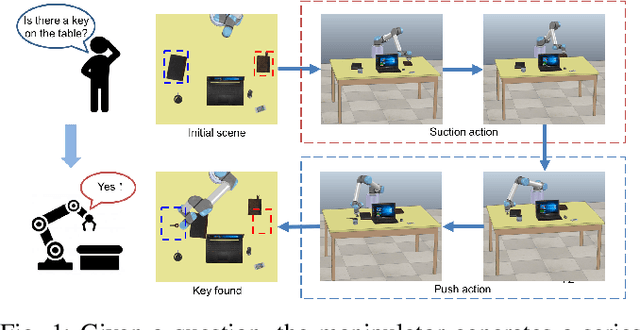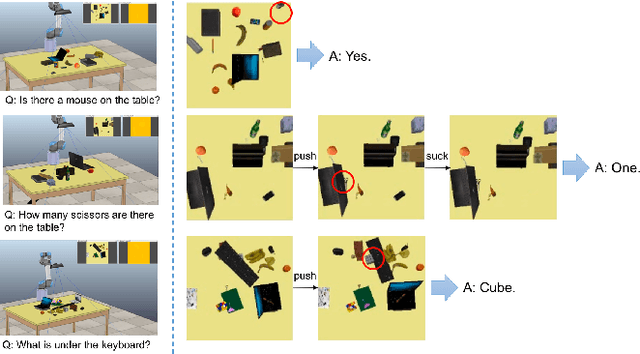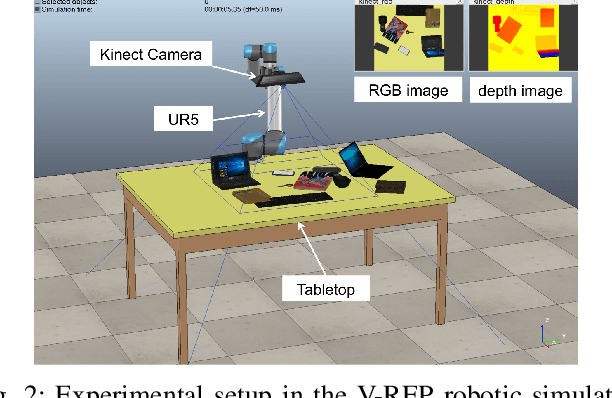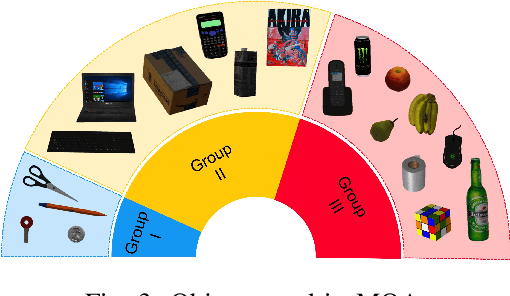Chen Pang
Understanding the Role of Pathways in a Deep Neural Network
Feb 28, 2024



Abstract:Deep neural networks have demonstrated superior performance in artificial intelligence applications, but the opaqueness of their inner working mechanism is one major drawback in their application. The prevailing unit-based interpretation is a statistical observation of stimulus-response data, which fails to show a detailed internal process of inherent mechanisms of neural networks. In this work, we analyze a convolutional neural network (CNN) trained in the classification task and present an algorithm to extract the diffusion pathways of individual pixels to identify the locations of pixels in an input image associated with object classes. The pathways allow us to test the causal components which are important for classification and the pathway-based representations are clearly distinguishable between categories. We find that the few largest pathways of an individual pixel from an image tend to cross the feature maps in each layer that is important for classification. And the large pathways of images of the same category are more consistent in their trends than those of different categories. We also apply the pathways to understanding adversarial attacks, object completion, and movement perception. Further, the total number of pathways on feature maps in all layers can clearly discriminate the original, deformed, and target samples.
Skeleton-based Action Recognition through Contrasting Two-Stream Spatial-Temporal Networks
Jan 27, 2023



Abstract:For pursuing accurate skeleton-based action recognition, most prior methods use the strategy of combining Graph Convolution Networks (GCNs) with attention-based methods in a serial way. However, they regard the human skeleton as a complete graph, resulting in less variations between different actions (e.g., the connection between the elbow and head in action ``clapping hands''). For this, we propose a novel Contrastive GCN-Transformer Network (ConGT) which fuses the spatial and temporal modules in a parallel way. The ConGT involves two parallel streams: Spatial-Temporal Graph Convolution stream (STG) and Spatial-Temporal Transformer stream (STT). The STG is designed to obtain action representations maintaining the natural topology structure of the human skeleton. The STT is devised to acquire action representations containing the global relationships among joints. Since the action representations produced from these two streams contain different characteristics, and each of them knows little information of the other, we introduce the contrastive learning paradigm to guide their output representations of the same sample to be as close as possible in a self-supervised manner. Through the contrastive learning, they can learn information from each other to enrich the action features by maximizing the mutual information between the two types of action representations. To further improve action recognition accuracy, we introduce the Cyclical Focal Loss (CFL) which can focus on confident training samples in early training epochs, with an increasing focus on hard samples during the middle epochs. We conduct experiments on three benchmark datasets, which demonstrate that our model achieves state-of-the-art performance in action recognition.
MQA: Answering the Question via Robotic Manipulation
Mar 10, 2020



Abstract:In this paper,we propose a novel task of Manipulation Question Answering(MQA),a class of Question Answering (QA) task, where the robot is required to find the answer to the question by actively interacting with the environment via manipulation. Considering the tabletop scenario, a heatmap of the scene is generated to facilitate the robot to have a semantic understanding of the scene and an imitation learning approach with semantic understanding metric is proposed to generate manipulation actions which guide the manipulator to explore the tabletop to find the answer to the question. Besides, a novel dataset which contains a variety of tabletop scenarios and corresponding question-answer pairs is established. Extensive experiments have been conducted to validate the effectiveness of the proposed framework.
 Add to Chrome
Add to Chrome Add to Firefox
Add to Firefox Add to Edge
Add to Edge